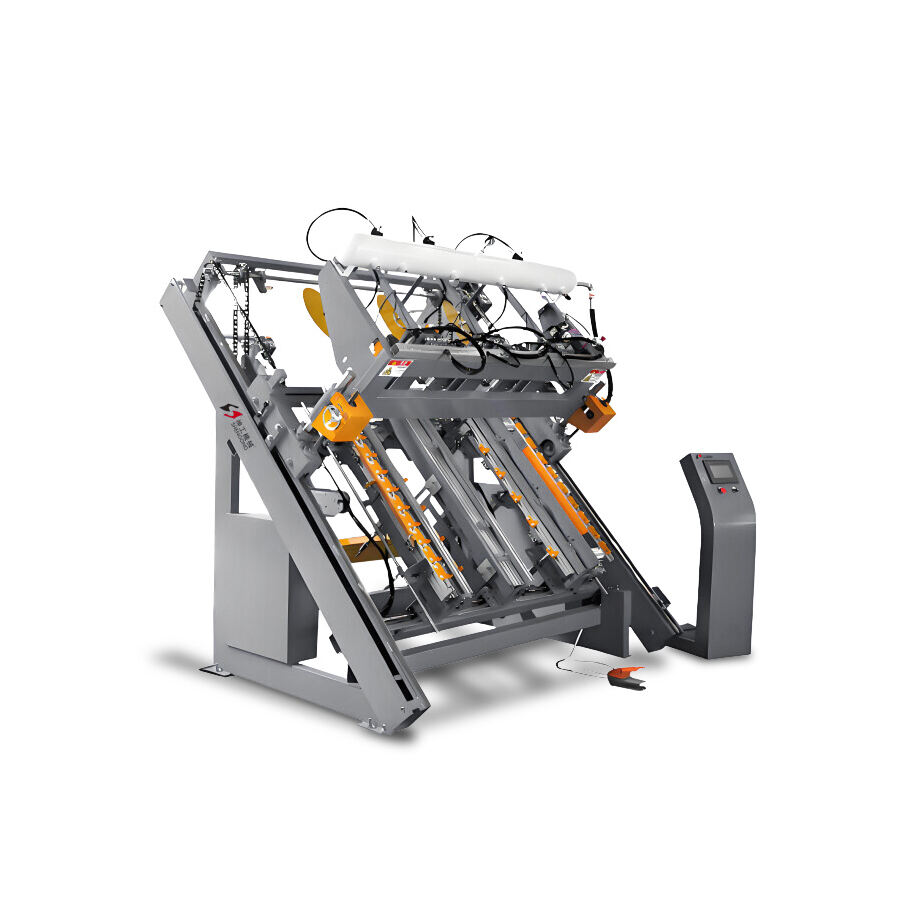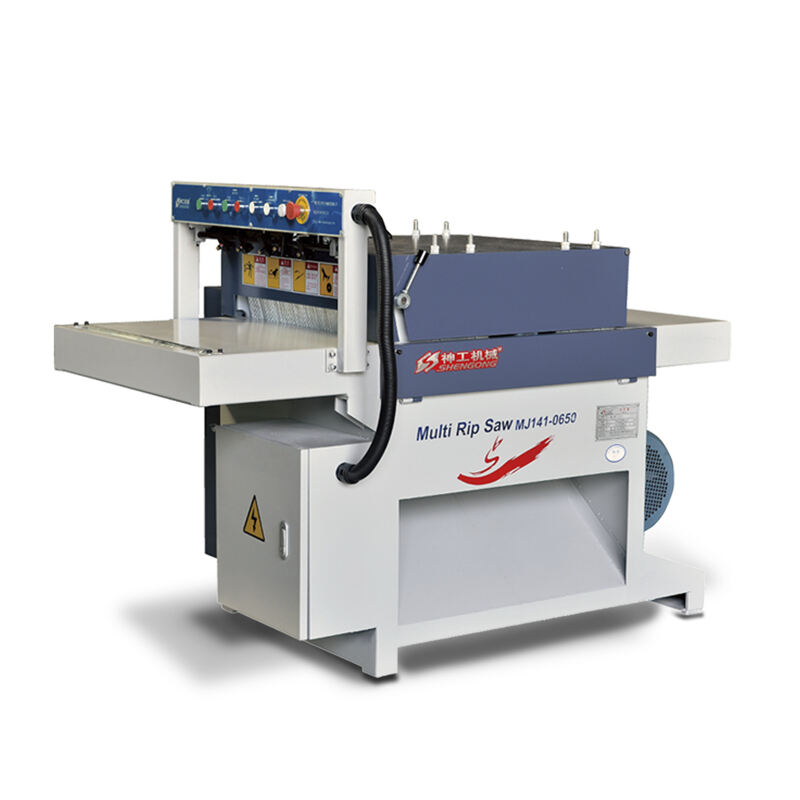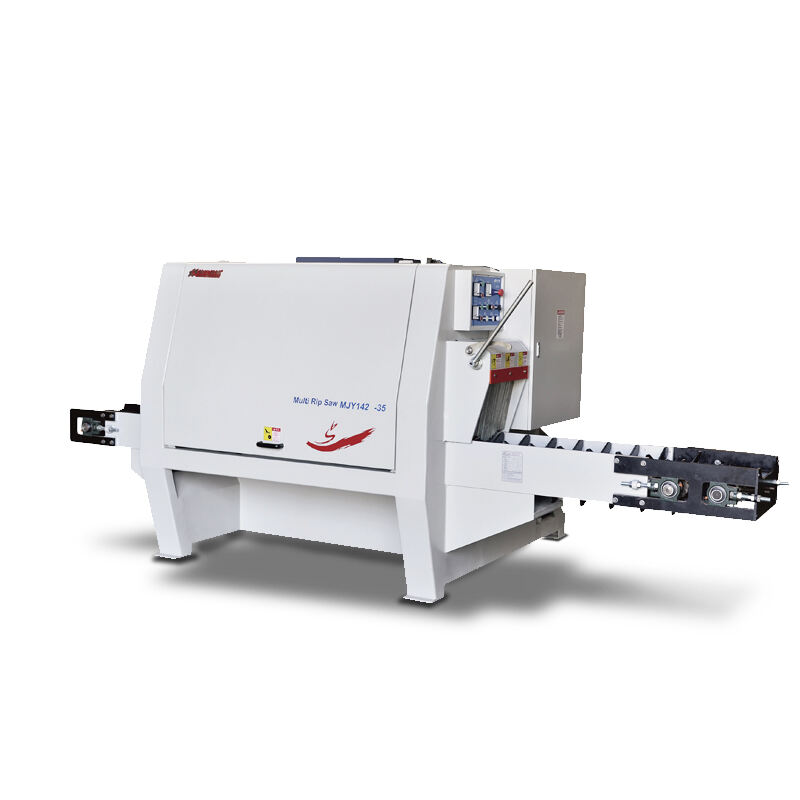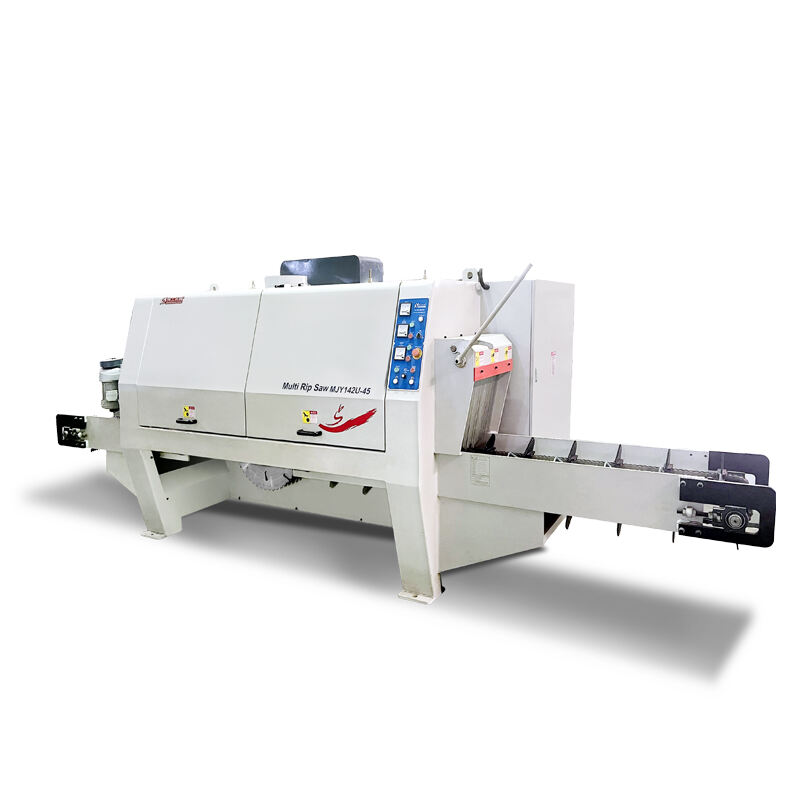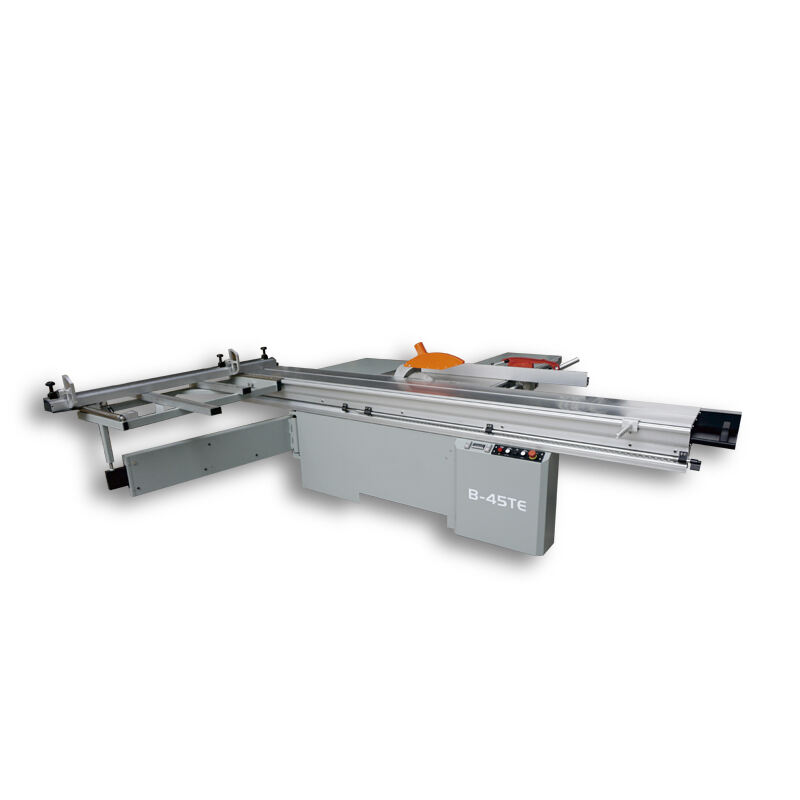Understanding the Sawmill Line
The world of sawmills isn't one size fits all, with different models meeting specific demands across the woodworking industry. Three main categories stand out: band sawmills, portable units, and fixed installations. Band sawmills get lots of attention because they cut wood efficiently while generating less waste compared to other methods. They produce quality lumber boards that usually need little extra work before sale or use. Portable sawmills cover a different niche altogether. These mobile machines, sometimes powered by chainsaws or circular blades, work great for smaller operations. Many folks living near forests or rural areas gravitate toward them since they can move around easily and don't cost as much upfront. Market analysts point to interesting trends too. Recent data suggests portable sawmills might see increased adoption rates in coming years as more people look for affordable ways to process timber locally rather than relying on distant mills.
Sawmills are really important across many different industries, especially when it comes to construction work, making furniture, and all sorts of wood projects. For buildings and roads, these mills cut timber to exact sizes needed for everything from framing houses to laying down railway tracks. Furniture makers need their wood too, looking for quality materials that will last years and look good while doing it. Woodworkers who specialize in handcrafted pieces depend on sawmill supplies as well, whether they're building custom cabinets or intricate wooden sculptures. What makes this business so valuable isn't just selling the main product either. There's money to be made from leftover materials too. Sawdust gets turned into mulch for gardens, while wood chips find their way into paper mills, giving sawmills multiple ways to generate income beyond just the primary lumber sales.
Factors to Consider When Choosing a Sawmill Line
Picking out the right sawmill setup really depends on what kind of logs we're dealing with and their sizes. Each mill has its own strengths when it comes to handling different log dimensions. Forestry professionals will tell us that knowing these differences makes all the difference in running operations smoothly. Take band sawmills for example they work great with smaller diameter logs because of their thin cutting blade which means less wasted material. On the flip side, circular sawmills get the job done better with bigger logs but leave behind more scraps. Matching up our equipment with the actual logs coming through the door helps everything run better while keeping resources under control. Most experienced operators know this already from years of trial and error in the field.
When deciding between personal and commercial sawmills, there are several key things to think about including how much wood needs processing, whether mobility matters, and how fast the operation should run. Hobby woodworkers typically care most about being able to move equipment around easily and getting something simple to operate for weekend projects, so they often go with portable or smaller band sawmills. On the business side of things, companies dealing with large volumes naturally gravitate toward bigger stationary machines that can crank out boards all day long without breaking a sweat. Take a timber mill producing thousands of feet daily for example those operators want maximum throughput from their machinery. Meanwhile backyard enthusiasts usually look at price tags first and second for something straightforward enough not to require an engineering degree just to start cutting. Getting this straight makes all the difference when shopping for sawmills since matching specs to actual usage scenarios prevents costly mistakes down the road.
How to Choose the Best Sawmill Line for Profit
Getting the most out of a sawmill operation starts by looking closely at what the budget can handle. When shopping around, folks need to think about not just the price tag when buying but also what it costs to maintain and run these machines over time. Different models come with their own price points too. Take portable band saws for example they might set someone back several thousand bucks upfront. But if someone wants something with extra bells and whistles, those prices jump way up there. And let's not forget about regular maintenance either. Most operations find themselves spending on parts replacement every so often plus money for tech upgrades to stay ahead of the game in this constantly changing industry.
Looking at ways to boost profits means taking a good look at those extra features that really help with productivity work. Think about things like automatic feeding systems, decent quality blades, and how efficient the machine actually runs. Sure, spending money on new tech might feel expensive at first glance, but most businesses find they get their investment back pretty quickly when production goes up without needing much more staff time. Better equipment speeds things along for sure, but what matters even more is the improved quality of cuts these machines deliver. This makes all the difference in what customers are willing to pay for finished products. Upfront expenses definitely count for something, but smart operators know that saving money over time through better operations is where real value lies.
Analyzing Product Offerings
What sets the Band Sawmill Diesel Model apart is how well it handles tough cutting jobs, which makes it great for serious lumber work. While electric versions have their place, diesel engines give this sawmill real mobility and raw power needed to function properly deep in forests where there's no electricity nearby. Forestry workers and contractors doing big logging projects need something they can trust to keep running no matter what conditions throw at them. Running on diesel means the machine maintains steady power output even during long shifts, something absolutely necessary when dealing with massive logs and continuous operation demands.

Diesel models really stand out when it comes to torque and fuel efficiency, which keeps those sawmill operations running smoothly day after day. Maintenance isn't too bad either because these machines have simpler designs that last longer without breaking down so much. We've seen plenty of real world examples where companies report better results from switching to this type of equipment. Take a look at what happened at GreenTimber Lumber Co. last year they boosted their production numbers substantially after installing several units. Their operators mentioned fewer breakdowns and much faster cutting speeds made all the difference in their bottom line calculations.
While diesel sawmills do come with a bigger price tag upfront, most operators find they pay off over time. The money saved comes from getting more work done thanks to those heavy duty blades that cut through tough materials without breaking stride. Plus, these machines just keep running longer between maintenance stops compared to other models. Business owners who've made the switch often talk about how their bottom line improves after a few months because the diesel units tackle big projects that would take days on standard equipment. Operators looking to boost production while keeping fuel costs under control tend to gravitate toward diesel options. Want specifics? Check out our detailed specs sheet on the Band Sawmill Diesel Model.
Maximizing Profit from Your Sawmill Operation
Getting the most out of a sawmill operation requires smart strategy implementation. Good workflow management paired with solid inventory control helps cut down on waste while boosting overall output. Many mill owners find that investing in some kind of production tracking software makes a big difference in daily operations. These systems give operators up to the minute info on stock levels which means better planning ahead and fewer wasted dollars on overstocking or rushed orders. Some mills have reported cutting their operational costs by nearly 15% after switching to digital tracking systems, though getting everyone used to new tech takes time and patience.
Getting a handle on what customers want and how much they're willing to pay plays a big role in making money in this business. Looking at market conditions regularly gives businesses better insight into setting prices for their wood products. When companies keep track of what's happening in the industry, they can tweak their prices based on seasons when demand goes up or down, so their offerings stay relevant to what buyers need right now. Keeping tabs on these things actually increases revenue while helping maintain prices that stack up against competitors all through the seasons.
Common Mistakes in Sawmill Selection
Picking out the correct sawmill isn't just about what we need today but thinking ahead for tomorrow's needs too. A lot of people buying equipment get caught up looking only at what they need right now for their projects and forget about how things might grow or change down the road. When considering a purchase, smart operators look at possible shifts in their business operations so whatever machine they choose will still work when those changes happen. Some folks end up stuck with outdated equipment because they didn't plan far enough ahead.
Many sawmill operators overlook certain operational costs that actually eat into their bottom line. Maintenance bills, wages for workers, and electricity usage all contribute heavily to what something really costs over time. Before buying any major equipment, doing proper financial planning around these regular expenses makes sense. When folks skip this step, they often end up facing unexpected bills later on that cut into profits. For anyone running a sawmill business, taking the time to look at all these numbers carefully isn't just good practice it's practically essential if they want to stay profitable in the long run.
FAQ
What are the different types of sawmills?
There are primarily three types of sawmills: band sawmills, portable sawmills, and stationary units. Each type serves specific needs based on efficiency, portability, and the scale of operations.
How do I choose the right sawmill for my needs?
Consider factors such as log type and diameter, intended use (personal or commercial), and budget. Evaluate the sawmill's capabilities to ensure alignment with your specific requirements.
Are diesel sawmills worth the investment?
Diesel sawmills deliver a strong return on investment due to their robust capabilities, consistent torque, and efficiency, especially for heavy-duty and large-scale operations. Despite higher initial costs, they often enhance profitability through increased productivity.
How can I maximize profits from my sawmill operation?
Implement efficient workflow and inventory management strategies, use software for tracking production, and stay informed about market trends to set competitive pricing strategies.



